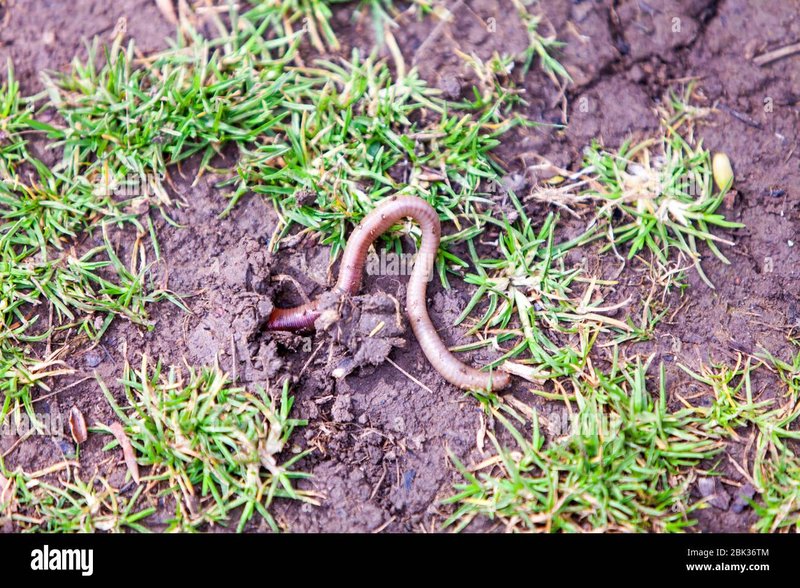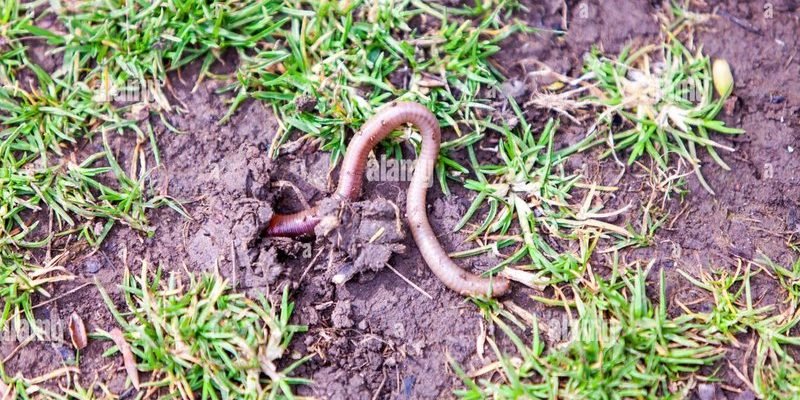
Imagine sitting in a cozy café, sipping your coffee while chatting about these squiggly beings. You might be surprised to learn that observing these creatures doesn’t require a lab coat or a hefty budget. With the right tools, like a remote monitoring system, you can get insights into their activities, habits, and how they adapt to seasonal changes. So, let’s explore how we can keep tabs on these critters through the changing seasons!
What Are Segmented Worms?
Segmented worms, or annelids, are fascinating creatures that come in various shapes and sizes. The most well-known type is the earthworm, which has long been celebrated for its role in soil health. These worms are made up of numerous segments, which is where they get their name. Each segment can work independently, allowing them to heal quickly if injured. They’re truly resilient little guys!
You might be wondering why these worms are so important. Well, they help aerate the soil, allowing water and nutrients to reach plant roots more effectively. They also consume decaying organic matter, breaking it down into rich humus, which is fantastic for plants. Understanding their behavior and activity can give you insights into the health of your garden or soil.
Why Monitor Segmented Worm Activity?
Monitoring segmented worm activity isn’t just for scientists or hardcore gardeners. It can offer valuable insights for anyone interested in gardening, farming, or understanding the ecosystem. When you keep an eye on these worms’ movements and habits, you can learn about soil health, moisture levels, and even how climate impacts your local environment.
Here’s the thing: if you notice a decline in worm activity, it might signal deeper issues, such as soil compaction, pollution, or inadequate moisture. Conversely, a thriving worm population is often a sign of a healthy ecosystem. By monitoring their activity, you can make informed decisions about maintaining and improving your garden or land.
How to Monitor Worm Activity: Basics
Alright, let’s get into the nitty-gritty of monitoring segmented worm activity! The first method involves traditional observation. Simply taking the time to look for worms in your garden can be incredibly revealing. Pay attention to their movements after rain, as they often come to the surface during wet conditions.
If you’re looking for something a bit more high-tech, consider investing in a remote monitoring system. This type of device can track various environmental conditions that affect worm activity, such as soil temperature and moisture levels. Many systems use sensors to collect data, which you can access from your phone or computer, making it super convenient.
For those who love DIY projects, you can create simple worm traps using materials like old containers or plastic bottles. Bury them in the soil and check back to see how many worms you collect. This hands-on approach allows you to observe their behavior while gaining insight into how seasonality impacts their activities.
Seasonal Changes: Spring Awakening
As spring rolls around, worms begin to stir from their winter slumber. The soil warms up, and the moisture levels increase, creating the perfect environment for these creatures to become active again. This season marks a time of renewed life and activity in the garden.
During spring, you can expect to see a significant uptick in worm activity. They start to come out more frequently, especially after rainfall when the ground is damp. The increased warmth and moisture not only promote their movement but also encourage their feeding habits. This is a fabulous time to observe how they contribute to soil aeration and nutrient cycling.
Here’s a tip: set up your monitoring tools now! It’s the perfect time to start tracking data. You might notice that as the temperatures rise, worms dig deeper into the soil layers where it’s cooler, reflecting their behavior in response to seasonal changes.
Summer Months: A Busy Time for Worms
Summer is like the peak season for segmented worms. With warm temperatures and abundant moisture, these guys are in full swing. They’re busy munching on organic matter and reproducing, contributing to the soil’s overall health.
During summer, you might find worms active near the surface, especially in the evenings or during cooler parts of the day. Monitoring their activity can be thrilling; you might catch them in action, wriggling around, breaking down material.
But be cautious! If the summer gets too hot and dry, worm activity may decrease. They might burrow deeper to find moisture, making them harder to detect. This is where your remote monitoring system can really shine, allowing you to track soil moisture levels effectively and understand when it’s time to help your garden stay hydrated.
Fall: Preparation for Winter
As leaves turn and fall settles in, worms begin to prepare for the colder months ahead. They start to move deeper into the soil, seeking refuge from the dropping temperatures. These changes are crucial to monitor because they can indicate how well your soil retains moisture and nutrients before winter sets in.
Watching how worms behave in fall can provide insights into the ecosystem’s health. It’s an excellent time to plan your garden’s end-of-season care. If you notice significant worm activity, it might be a sign that your soil is healthy and ready for winter.
Consider using this time to enrich your soil with compost or organic matter. The worms will break it down, making it more nutrient-rich by spring. Plus, you’ll be doing your part in promoting a thriving garden!
Winter: Dormancy and Survival
Winter is a challenging time for segmented worms. Many of them go dormant as the ground freezes, retreating deep into the soil to survive the cold. This is when monitoring becomes a bit tricky since their activity significantly decreases. If you’re using a remote monitoring system, you may find that moisture levels drop, and temperatures fluctuate, but the worms are less visible.
However, it’s still important to understand what’s happening underground. While you might not see them, your monitoring tools can help track changes in soil conditions. Maintaining healthy soil during winter can ensure your worms thrive when spring returns.
Here’s where you can support your worm population through the cold months. Adding mulch or organic materials on top can create insulation, helping maintain soil temperature and providing food for the worms when they wake up.
Monitoring segmented worm activity across the seasons isn’t just a fun hobby; it’s a window into the health of your garden and the larger ecosystem. By paying attention to their behavior, you can learn so much about soil health, moisture, and overall environmental conditions. Whether you’re using high-tech monitoring tools or simply observing them in the garden, every little bit helps.
So, grab your coffee, get outside, and start observing those amazing little critters! They may be small, but they play a massive role in keeping our ecosystems balanced. Embrace the changing seasons and enjoy the journey of discovery that comes with monitoring segmented worms.

